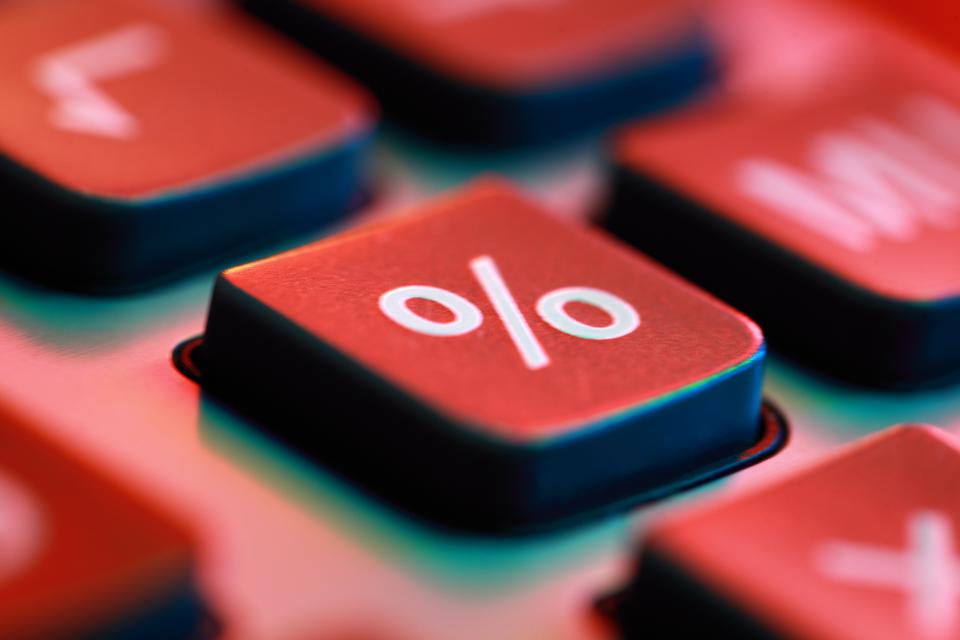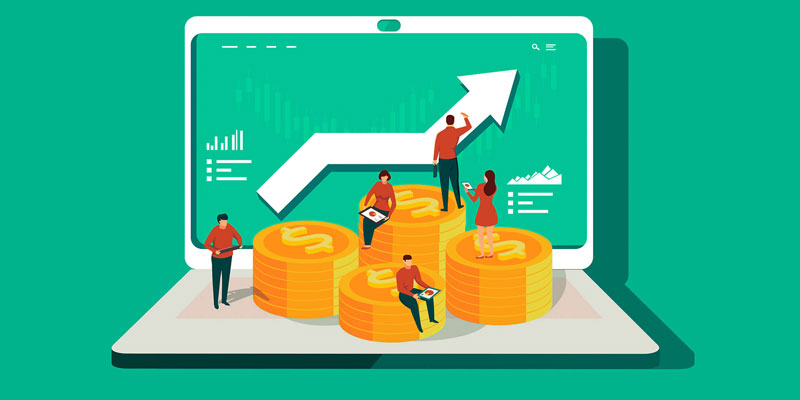Dividend Rate and Dividend Yield: What’s the Difference?
Nov 18, 2023 By Triston Martin
What are dividends?
Dividends are paid out to shareholders at periodic intervals, such as annually or quarterly. Mostly, this payment coincides with the company’s profit reporting. Any cash flow or income that a company makes may result in more dividends for its shareholders.
Typically, companies can either choose to pay dividends in form of cash or as stock. For the cash option, the company sets a price per share rate, while the stock option grants the shareholder a certain percentage of the company’s total stock.
The main reason why companies pay out dividends is to promote shareholder trust. Shareholders may enjoy working with a company if the latter shares its profits with them. It also makes the company more promising to investors, since dividend reports are usually made public. Large companies that do not have the urgency to reinvest their profits into the business or other ventures do pay out dividends, while smaller ones which may need to plow back any income.

What are dividend rates?
Dividend rates are the total and entire dividend amount paid periodically. Basically, the definition of dividend rates is what we use when defining dividends. It is what the shareholder expects to be paid for each share they own in the company, and during the current financial year.

For instance, if Company X pays out quarterly dividends of $2 per share, then on an annual basis, a shareholder at Company X should receive $8 per share yearly. If the shareholder has about 40,000 shares in the company, then they would receive $320,000 in dividends for the whole year or $80,000 quarterly.
A company may set its dividend rate as either fixed or adjustable. When the dividend rate is set as adjustable, it could be because of various factors that may cause a stock’s price to fluctuate. These include:
- Management and employee changes.
- Impending merger or acquisition.
- Supply and demand
- Market trends
- Technical factors
- Economic inflation
- Liquidity
The dividend rate can be used to measure a stock’s dividend yield, except for a few conditions. For instance, even if a stock’s dividend rate is relatively low, it could still have a high dividend yield. Dividend rates can also be used to indicate a stock’s dividend growth, which is an important metric that investors consider.
What are dividend yields?
Dividend yields go further in measuring a dividend’s price. A stock’s dividend yield is how much the stock can bring back as a return on investment. It is calculated as the ratio between the dividends paid out annually to the stock’s current price. As such, it is best expressed as a percentage.

Since the stock’s price always changes depending on the stock market’s tendencies, it is safe to say that even though a stock’s dividend rate may remain constant for consecutive years, the dividend yield will reflect the changes in stock price and will therefore change as well.
The formula for calculating dividend yield is:
Dividend Yield = Dividend per share / stock price per share
Here are some of the implications of a shifting stock price on the dividend yield, based on the formula above:
- Higher stock price – lower dividend yield
- Lower stock price – higher dividend yield
- Higher dividend per share – higher dividend yield
- Lower dividend per share – lower dividend yield
- Higher stock price – higher dividend per share
- Lower stock price – lower dividend per share
The above implications only work if all other factors (that is, strictly excluding those used in the implication), including those in the formula, are kept constant.
An example to better understand dividend yields is this: Using the above example where Company X pays out $2 per share as dividends quarterly , and each stock goes for $20, then the dividend yield is calculated by dividing $8 by $50 to get 16%. Company X’s has an annual dividend yield of 16%. This means that for every dollar a shareholder has invested in Company X, they have received an additional 16 cents, so that if they have 50,000 shares, they will get a whopping $8,000 in dividends. A company with higher dividend yields is a better investment option.
Investors should be careful about companies posting too high dividend yields. It becomes the classic case of ‘when the deal is too good, think twice.’ In this case, research more on the company and why it has yields that are too high. Remember, using our formula above, high dividend yields may be caused by low stock prices. This is also a pointer on the importance of combining various financial metrics when considering investment, as a high dividend yield may lie to an investor that the stock’s price is high while it may be extremely low. In instances like this, dividend yields that are too high may be a façade and should be investigated on whether they are pointers to a poorly performing stock.

Companies may reduce their dividends to reflect true dividend yields in case stock prices suddenly decline. For fixed dividend rates, however, this may be difficult as the dividend’s price remains unchanged permanently or for very long periods. Companies may adjust their dividend rates even before their financial reporting period to avoid this value trap.
Dividend yields help in making informed company and stock valuations. Of course, higher dividend yields mean better payouts to shareholders. A trailing dividend yield reports the ratio over the past year (the past 12 months), while a forward dividend yield does the same for the coming year, as a forecast.
Key Differences
Dividend Rates | Dividend Yields |
Expressed as a monetary figure (dividend per share) | Expressed as a percentage |
Less detailed | More detailed |
May remain constant over a period of years | Change over time |

Who's Excused from Paying Social Security Tax? All You Need To Know

Dividend Rate and Dividend Yield: What’s the Difference?

Understanding Pet Wellness Plans: Ensuring Coverage for Routine Care

What Exactly Are Pain and Suffering?

6 Best Canadian Oil Stocks of 2024
Budgeting for Tomorrow: Reeves Implements Tax Increases to Fund UK Investments

Best Retirement Communities for Active Adults
Investors Push Microsoft, Meta for Returns on Billion-Dollar AI Bets

Different Features of S and P 500 Index Funds

